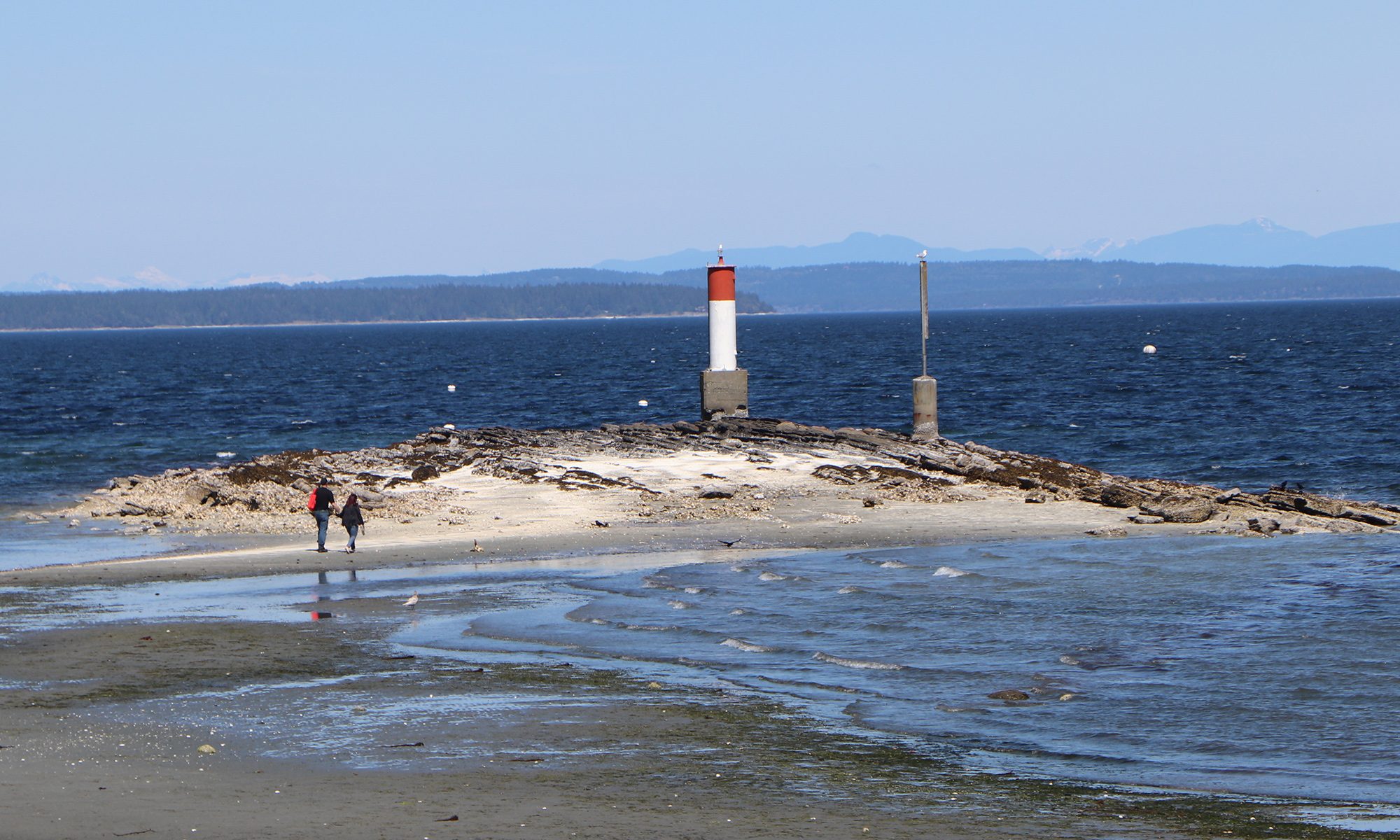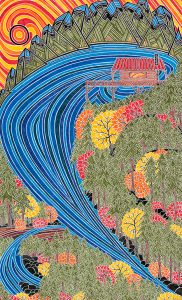There’s a seeming contradiction in the mandate of organizations like Cowichan Cat Rescue and a recently formed group called Chemainus CATastrophe, which look out for the welfare of feral cats: on the one hand, they love these shy animals, feed them, get them to the vet when they are injured or sick and find foster homes for their kittens; on the other, their long-term goal is to humanely depopulate and eliminate the colonies where ferals congregate.
Dee Kinnee of CATastrophe said the life of a feral cat is often nasty, brutish and short, an existence foisted on them by humans, who for one reason or another have either not been responsible pet owners, or who have been outright callous, abandoning domestic cats to an outdoor life on the fringes of our communities.
“It’s pretty rough. A lot of cats die from starvation if a colony’s not managed, and that’s not a nice way to go. They have to scrabble for existence, and they’re terrified of humans, so they spend a lot of time in fear.” Add to that the possibility of disease, predation, and accelerated aging – feral cats live two to three years – and what emerges is a portrait of abuse for animals that have the imprint of domestication in their genes, but have been lost or outcast into back allies and vacant lots.
No accurate counts of the numbers of feral cats, slinking through the shrubs and making nighttime forays into the back yards of our neighbourhoods, have been made, but Kinnee and the CATastrophe group know of several colonies they estimate at over a hundred, and believe there could be as many as 1,000 ferals in and around Chemainus. It’s a daunting task for them and organizations like Cowichan Cat Rescue to take on – humanely reducing large populations of cats whose instinct for survival includes the urge to breed.
But the CCR says it’s a social and moral obligation. “No feral cat asked to be a feral cat; they exist because of a mistake a human made in not getting a pet spayed or neutered and then either losing it, abandoning it, or letting it outdoors where it started a feral colony. It would be unethical to have a feral cat pay with its life for a human’s mistake,” says their web site (Mid-Island Focus was not able to make contact with a spokesperson from Cowichan Cat Rescue).
Their core programs are designed to prevent cat colonies from growing by spaying and neutering adults, removing and fostering kittens, and relocating some adults as ‘barn cats’ on local farms. The strategy is to prevent growth in ‘managed colonies’, care for the feral cats while they are living, and let attrition reduce and eventually eliminate the colony. It’s a long process, all carried out by volunteers, supportive vets, businesses and donors.
Trap, Neuter, Return is key to the whole effort. “TNR is an ethical solution to the problem of multiplying feral cats,” says the CCR. “TNR is an animal rescue strategy that humanely solves the problem of feral cats breeding and perpetuating the cycle of miserable, hungry, short lives in the wild. Feral cats that have been TNR’d get to live out the rest of their lives without the hormonal issues of fighting, spraying, and roaming, without struggling to raise sickly, hungry kittens, and most importantly without making more of themselves.”
Kittens are born, though, and it’s vital to capture and foster them before they become feral. By the time they are six weeks old, they are already adopting the stealthy habits of their mothers, and learning to fear humans. Gail Battryn, whose rescued feral kitten David has become a beloved family pet in a few short months, says if they are fostered early enough ferals’ domestic credentials shine through. She found David under the trailer-office where she and her husband run their business – they figure he was a week-and-a-half old, still small enough to fit in the palm of her hand. “He was just tiny. He could hardly walk, he kind of waddled and tripped over his feet, and he was crying, so that’s how we found him.” Having volunteered before to work with ferals herself, she suspected the kitten had somehow been parted from its mother.
Battryn said she knew from the moment she saw him she – and nobody else – was going to rescue the kitten. “I named it David, right then and there – God’s gift – he was just so tiny, so sweet and so cute.” Now he’s a rambunctious six-month old, who was bottle fed, lovingly raised, and is about to be neutered. The same treatment is given kittens captured by the CCR, then fostered to loving homes.
“We know first-hand that there are many feral kittens rescued from the wild. Those kittens can be cared for and socialized into healthy, affectionate little companions, and be adopted out to loving forever homes who want the joy and the responsibility of caring for them. We think it is wonderful when responsible people adopt rescue kittens, such as those from our Foster Care Program.” All kittens in the CCR program are sterilized, tattooed, given their first shots, and treated for parasites prior to being made available for adoption.
For the hard souls who want quick fixes to the proliferation of feral cats, a word of wisdom – this is definitely a case where acts of kindness are not only ethically and morally correct, they are also vital elements of sound policy. CATastrophe’s Dee Kinnee didn’t outright say that building trust with the ferals, which enables volunteer trappers to capture them for sterilization, and to rescue kittens, is the only effective strategy, but she did say that without successful management of their colonies the feral cat problem “would be worse, it would absolutely be worse, you would have cats everywhere.”
Looking for ways you can help feral cats and the people who care for them. Check out the CCR’s Support Us and Volunteer pages.

